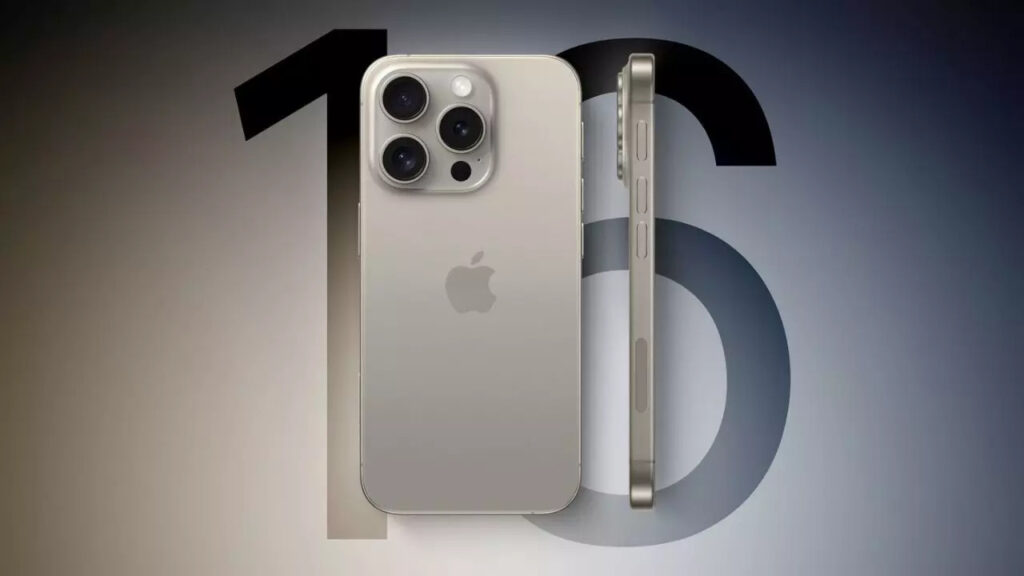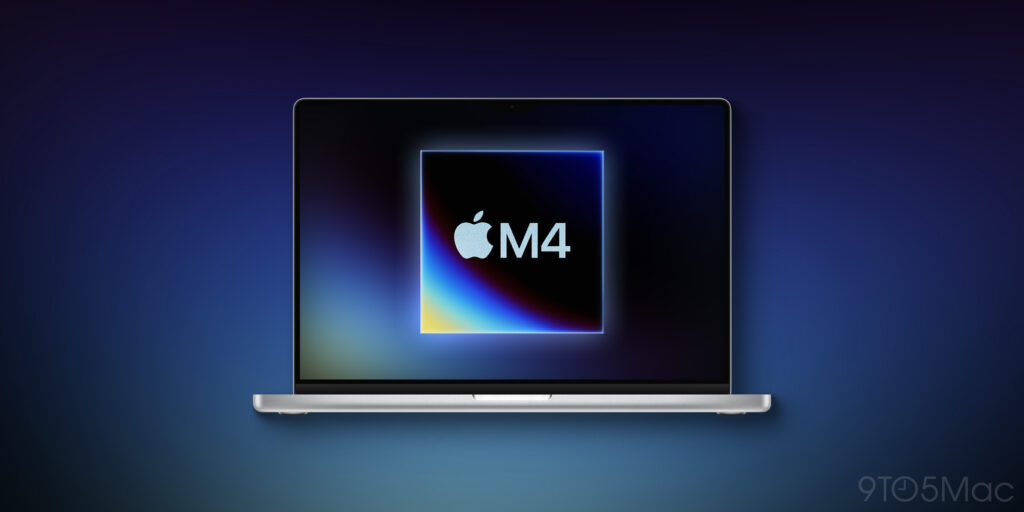iPhone 16 buyers are excited for next week’s launch, expecting better cameras, faster processors, and bigger batteries. However, the biggest change might be Apple’s new parts pairing policy. This update could be more important than any hardware improvements.
Earlier this year, Apple disclosed plans to reverse its contentious parts pairing practice, a policy that previously restricted the reuse of genuine Apple components across devices. Under the current system, if an iPhone 15 battery is replaced with a genuine part from another iPhone 15, certain features, such as battery health indicators and True Tone functionality, are disabled due to the lack of Apple’s authentication. This approach has faced substantial criticism from the repair industry, as it artificially inflates repair costs by necessitating new parts, complicates third-party repairs, and undermines environmental sustainability efforts by discouraging the reuse of functional components. By reversing this policy, Apple is likely responding to mounting pressure from both regulatory frameworks, such as right-to-repair legislation, and consumer demand for more affordable and environmentally conscious repair options.

Repair professionals have consistently noted cases where Apple devices, including iPhones, iPads, and MacBooks, lose certain functionalities—such as True Tone display calibration or battery health monitoring—when genuine parts are reused without Apple’s authorization. These limitations can significantly increase repair costs, potentially raising the overall ownership expenses of these devices by hundreds of dollars over their lifespan.
Apple has decided to roll back this policy for some iPhone models starting this fall. Now, when you swap parts in these models, features like battery health info and others won’t be disabled. This move seems to come from growing pressure from new right-to-repair laws in different areas, which push for more repair-friendly options for consumers.
Apple is expected to reveal more about its updated parts pairing policy at the September 9th event. The big question is which devices will be covered. Reports suggest the iPhone 15 and upcoming iPhone 16 will be included, but it’s unclear if older models like the iPhone 14 will benefit. If older devices remain under the current restrictive rules, it could create a two-tier system, with cheaper and easier repairs for newer models while keeping older device repairs costly and complicated. This difference could upset long-time Apple users, so clarity on the issue will be important.

It remains unclear if Apple’s new policy will apply to other devices like MacBooks and iPads, which also use paired parts. While Apple promised in May to make repairs easier and cheaper, so far only iPhones are included. Apple may need to explain why parts pairing is removed for some devices but not others.
The upcoming changes to Apple’s parts pairing policy are poised to have a far-reaching impact across several key areas: Apple’s product lineup, repair industry practices, and consumer costs. For Apple’s device lineup, this policy shift could mark a new era of more repairable iPhones, reducing the reliance on authorized service providers and creating opportunities for third-party repair shops to perform more affordable fixes. This would make it easier for consumers to replace parts like batteries, screens, or cameras, without worrying about disabled features, leading to longer device lifespans and reduced electronic waste.
For the repair industry, these changes could significantly alter business dynamics. Independent repair shops may see an increase in demand, as consumers seek out more cost-effective options. The reduced barriers to using genuine parts across devices could also enable a more competitive marketplace, potentially lowering repair prices across the board.

From a consumer perspective, the changes could directly reduce the overall cost of owning an Apple device. With fewer restrictions on parts and easier access to repairs, users could avoid the high costs of repairs previously associated with Apple’s authorized repair system. This not only makes repairs more accessible but also promotes a more sustainable model, where devices are repaired rather than discarded due to costly fixes.
Additionally, the policy change is a response to increasing pressure from right-to-repair legislation, signaling Apple’s adaptation to evolving consumer demands and regulatory environments. How these changes will apply across Apple’s entire product range, and whether they will be extended to other devices like MacBooks and iPads, remains to be seen, but the impact on both the tech industry and the consumer experience will be significant. Both consumers and repair professionals will need to follow these developments closely, as the specifics of Apple’s plan could set a new precedent for the entire electronics industry.



